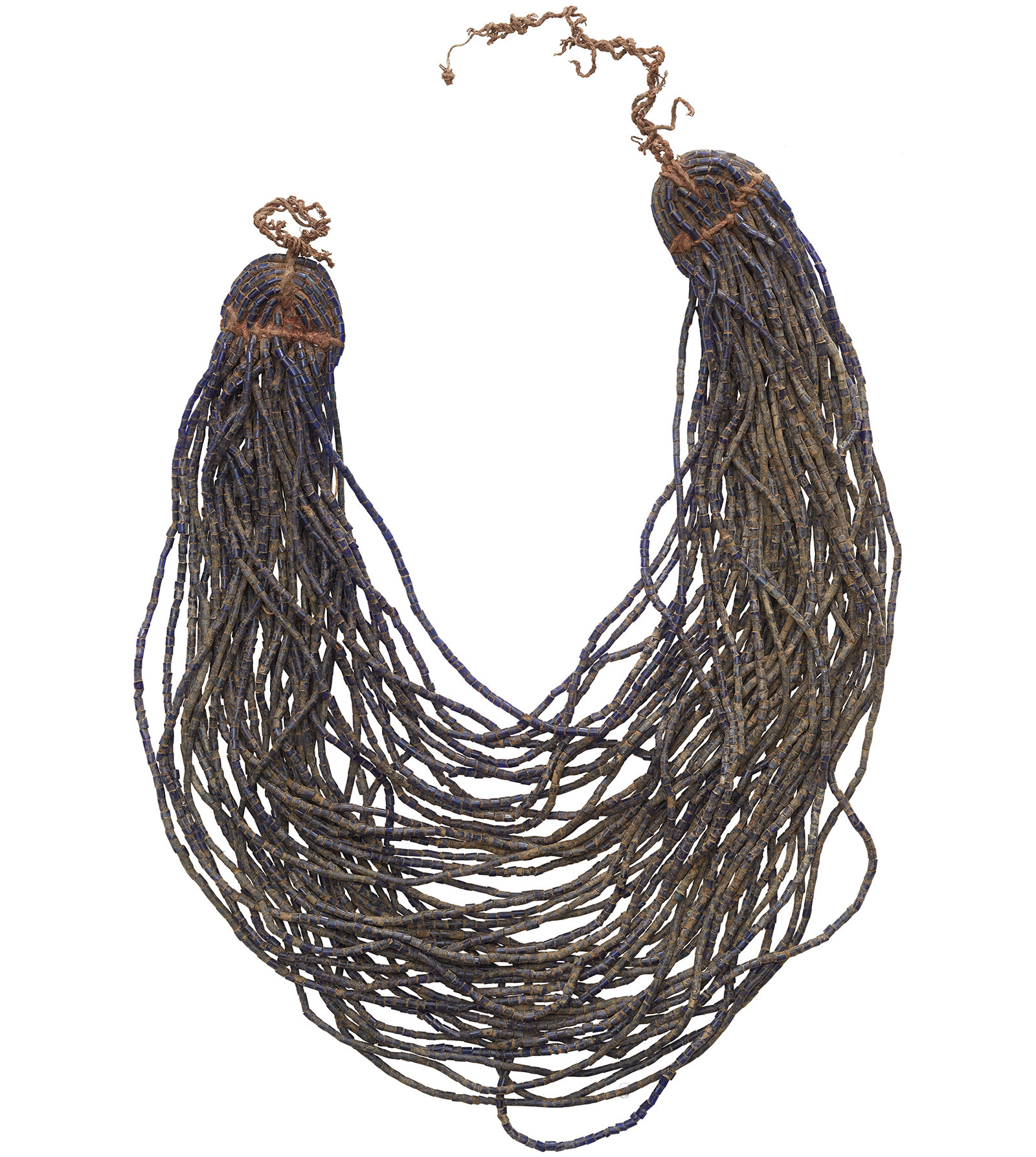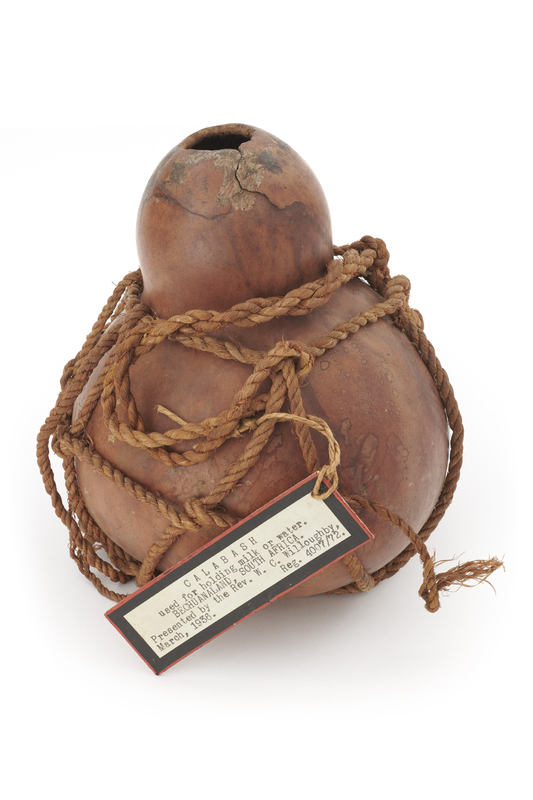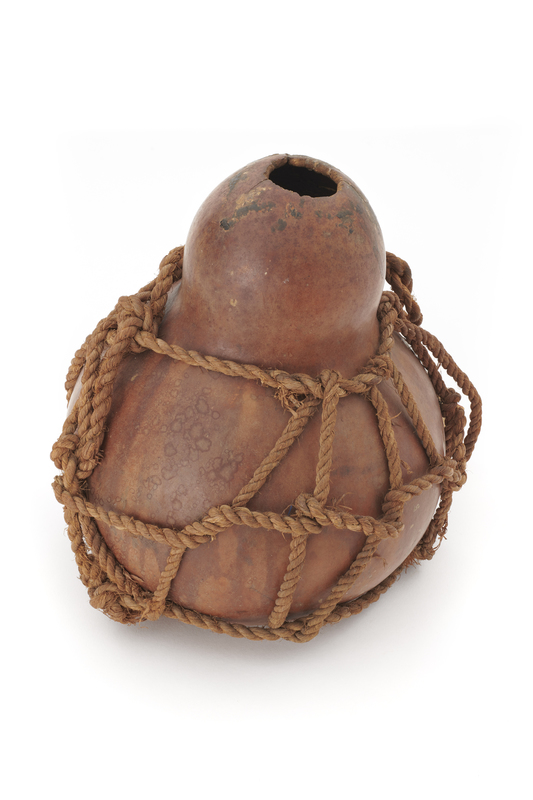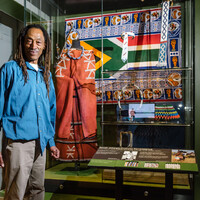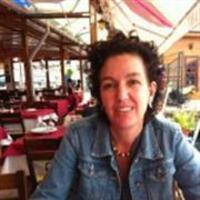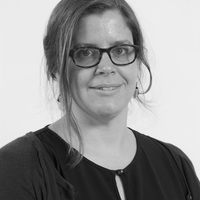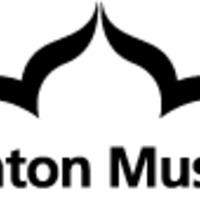Calabash; Gourd; Milk Container; Phaana ya Mongobolo
Item
Title
Calabash; Gourd; Milk Container; Phaana ya Mongobolo
Creator
Unrecorded
Description
Physical Description: A gourd or calabash container made to hold milk or water. The calabash itself is contained in a network of thick string and has a string handle.
Contextual Description: 02:24:48 He was telling us about different calabashes, one can be big and round without a little neck like this one. He says we used to use them for churning amongst other things. He was demonstrating shaking it and shaking it and shaking it up until a ball of fat starts forming inside and that’s when you like pour the milk out and empty it and he said this fat from milk, either you could use it for food and also as part of a cosmetic – that’s what you mix the red ochre with. Transcription by KL of MAC_BB_20190817_RPM3 SL Interview with Tshupo Ntono, Village Elder, Language: Setswana with English translations by SL, 2019
Contextual Description: SL 1:15:20
for milk...oh yeah ...when was the thing... when did the Baherero people start moving inside...
WT 1:15:33
during the German war ... The 1800s when Germans were killing them and the Nama people, so they migrated into Botswana
JM 1:15:45
I think it was a bit later though wasn't in 1899 up to 1904
SL 1:15:47
Our people also had a thing used for holding milk or water...
WT 1:15:53
Maybe I'm wrong about the dates but they came here because of the German genocide.
JM 1:16:00
You think there's a Herero influence on this? Yeah.
SL 1:16:04
But even even with us... but we didn't churn the same way, we didn't do that. But Herero would tie it to a branch of a tree and then dangle it and then just yeah, move it that way. Our, our grandmothers will sit cross legged and shake the calabash and throw it up and down. Sometimes do it in such a fashion that it produces a rhythm that will get you to move your feet and dance to that. [...] that's to churn to remove fat from milk ..
WT 1:16:53
So what is written there anyway?
SL 1:16:55
a calabash calabash used for holding milk or water Bechuanaland, South Africa presented by the Rev. W C Willoughby March 1936. a calabash for churning
WT 1:17:35
I'm saying some herero people migrated to South Africa during the genocide. Okay.
JM 1:17:45
It's a bit later so yeah, it's like 1900 1901 Yeah,
SL 1:17:49
around Tshekedi's time. I think that is why he was...
JM 1:17:53
No no, it was it was before 1904 but I don't know. But yeah
SL 1:18:02
He comes in Tshekedi comes in when the Germans were ready to move out. And then some powerful countries were deciding who is to take over. And we were like back to South Africa...
WT 1:18:20
I am trying to understand your context what where you are coming from? We are saying that is that would belong to the herero.
WT 1:18:28
So I don't understand why it's in here because Willoughby was before those herero came
SL 1:18:32
before the herero migration before the Germans...the arrival of the Germans
WT 1:18:37
If it is from batswana then it wouldn't be herero. That's what I wanted to say.
JM 1:18:42
That's what we need. Okay, so
WT 1:18:44
then maybe its batswana, other ethnic groups and...
SL 1:18:47
again, like what makes me think of Baherero to see the ties as such but then again, if you're going to carry water with this maybe you're going on a journey equipment you need to have some kind of a handle and make it easy to carry.
WT 1:19:04
I think the reason why some of us are saying Herero is because of what we have in the collection now... this one is from the Herero but there would have been Batswana people using the same things there before.
The above notes are from a transcription by Kathleen Lawther of a discussion between Gase Kediseng, JoAnn McGregor, Nicola Stylianou, Scobie Lekhuthile and Winani Thebele which took place at the Khama III Memorial Museum on the 5th of August 2019. To listen to the full recording please follow the link below.
for milk...oh yeah ...when was the thing... when did the Baherero people start moving inside...
WT 1:15:33
during the German war ... The 1800s when Germans were killing them and the Nama people, so they migrated into Botswana
JM 1:15:45
I think it was a bit later though wasn't in 1899 up to 1904
SL 1:15:47
Our people also had a thing used for holding milk or water...
WT 1:15:53
Maybe I'm wrong about the dates but they came here because of the German genocide.
JM 1:16:00
You think there's a Herero influence on this? Yeah.
SL 1:16:04
But even even with us... but we didn't churn the same way, we didn't do that. But Herero would tie it to a branch of a tree and then dangle it and then just yeah, move it that way. Our, our grandmothers will sit cross legged and shake the calabash and throw it up and down. Sometimes do it in such a fashion that it produces a rhythm that will get you to move your feet and dance to that. [...] that's to churn to remove fat from milk ..
WT 1:16:53
So what is written there anyway?
SL 1:16:55
a calabash calabash used for holding milk or water Bechuanaland, South Africa presented by the Rev. W C Willoughby March 1936. a calabash for churning
WT 1:17:35
I'm saying some herero people migrated to South Africa during the genocide. Okay.
JM 1:17:45
It's a bit later so yeah, it's like 1900 1901 Yeah,
SL 1:17:49
around Tshekedi's time. I think that is why he was...
JM 1:17:53
No no, it was it was before 1904 but I don't know. But yeah
SL 1:18:02
He comes in Tshekedi comes in when the Germans were ready to move out. And then some powerful countries were deciding who is to take over. And we were like back to South Africa...
WT 1:18:20
I am trying to understand your context what where you are coming from? We are saying that is that would belong to the herero.
WT 1:18:28
So I don't understand why it's in here because Willoughby was before those herero came
SL 1:18:32
before the herero migration before the Germans...the arrival of the Germans
WT 1:18:37
If it is from batswana then it wouldn't be herero. That's what I wanted to say.
JM 1:18:42
That's what we need. Okay, so
WT 1:18:44
then maybe its batswana, other ethnic groups and...
SL 1:18:47
again, like what makes me think of Baherero to see the ties as such but then again, if you're going to carry water with this maybe you're going on a journey equipment you need to have some kind of a handle and make it easy to carry.
WT 1:19:04
I think the reason why some of us are saying Herero is because of what we have in the collection now... this one is from the Herero but there would have been Batswana people using the same things there before.
The above notes are from a transcription by Kathleen Lawther of a discussion between Gase Kediseng, JoAnn McGregor, Nicola Stylianou, Scobie Lekhuthile and Winani Thebele which took place at the Khama III Memorial Museum on the 5th of August 2019. To listen to the full recording please follow the link below.
Publisher
Making African Connections
Date
Pre 1899
Type
PhysicalObject
Format
whole: 203.2 x 177.8 mm
plant gourd; string
Identifier
R4007/72
Source
Collected by Reverend William Charles Willoughby, a Christian missionary, in what was then the Bechuanaland Protectorate (1885-1966). It is now the Republic of Botswana, having gained independence from Britain in 1966.
From 1889-92 Willoughby was pastor at Union Street Church, Brighton (now The Font pub). From 1893 to 1898 he worked for the London Missionary Society in Bechuanaland. He assembled this collection of objects during this period. This was a period of social and technological changes and these objects represent traditional lifestyles and skills, rather than the contemporary lives of the people Willoughby met.
Willoughby's collection was loaned to Brighton Museum in 1899 when he returned to the UK. The loan was converted into a donation in 1936, and accessioned as acquisition R4007.
Some objects were re-numbered with the WA (World Art) numbering system in the 2000s. These numbers have been reverted to the original R4007/... numbers where possible for consistency in 2019.
This object was on display in the exhibition 'Missionary Collectors' in the James Green Gallery of World Art, from July 2004 to January 2005.
From 1889-92 Willoughby was pastor at Union Street Church, Brighton (now The Font pub). From 1893 to 1898 he worked for the London Missionary Society in Bechuanaland. He assembled this collection of objects during this period. This was a period of social and technological changes and these objects represent traditional lifestyles and skills, rather than the contemporary lives of the people Willoughby met.
Willoughby's collection was loaned to Brighton Museum in 1899 when he returned to the UK. The loan was converted into a donation in 1936, and accessioned as acquisition R4007.
Some objects were re-numbered with the WA (World Art) numbering system in the 2000s. These numbers have been reverted to the original R4007/... numbers where possible for consistency in 2019.
This object was on display in the exhibition 'Missionary Collectors' in the James Green Gallery of World Art, from July 2004 to January 2005.
William Charles Willoughby
Botswana, Southern Africa, Africa
1893-1898
Space/Place
Botswana, Southern Africa, Africa
Cultural Group: Tswana
Rights
Creative Commons Attribution-ShareAlike 4.0 International

